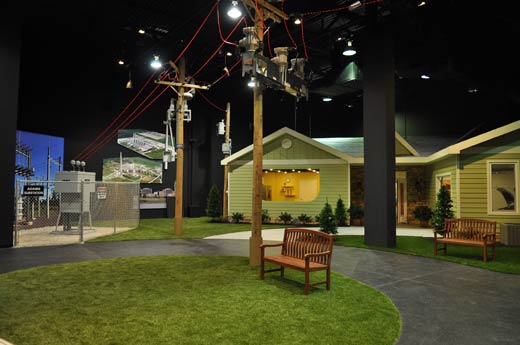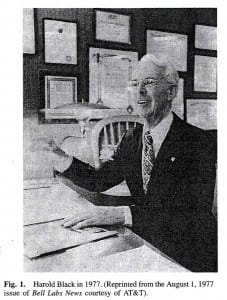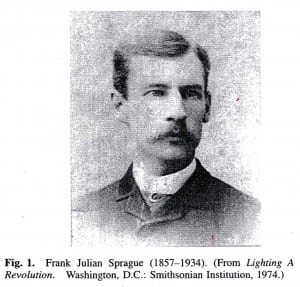March 2012- Section Meeting Information
Tour of Duke Energy’s Envision Center in Erlanger, KY
DATE: Thursday, March 22, 2009
PLACE : Duke Energy’s Envision Center (see below for directions) 4580 Olympic Blvd Erlanger, KY 41018
AGENDA:
5:30 p.m. – Social
6:00 p.m. – 6:45 p.m. – Pizza and soft drinks provided
6:45 p.m. to 8:00 p.m. – Presentation and Tour
SPACE IS LIMITED TO THE FIRST 35 PERSONS ONLY!!!!!
Cost: $5 to cover the Pizza and drinks. (Purchasing Dinner is not required to attend the meeting.)

ABOUT THE MEETING: This month’s meeting consists of a tour of Duke Energy’s Envision Center Located in Erlanger, Kentucky, Duke Energy’s Envision Center provides visitors a dynamic experience that demonstrates the possibilities of modernizing to smart grid and energy efficient technology.The center features a movie-style studio with sets consisting of a substation with two-way digital technology, a smart home – complete with solar panels and a plug-in hybrid vehicle, an apartment complex with smart meters and a power delivery work center – monitoring conditions with real-time data. Electric poles equipped with intelligent power equipment are also staged throughout.Center visitors can watch video presentations that showcase a day in the life of a variety of energy customers in the year 2015. Visitors will also experience simulated demonstrations such as a thunderstorm, lightning strike and power outage. Home simulations feature the use of an energy-management system to control high efficiency appliances (e.g., dishwasher, water heater, HVAC equipment).Smart grid technology will enable:• Improved system reliability and operational efficiency• Quicker and more accurate response to outages• Greater customer offerings (e.g., energy efficiency programs and payment options)• New tools and programs that enable customers to predict and gain control of energy usage.The center also promotes the importance of renewable power to meet the energy needs of tomorrow and how customers can play an important role in helping us reduce our carbon footprint.
Click on the following link to see a WKRC-TV news report on the Envision Center:
RESERVATIONS: (Meeting is LIMITED TO 35 ONLY ) Please make reservations for each meeting by going to: https://ieeecincinnati.org/meetings/. Please click on the appropriate link and complete the reservation.
Reservations close at noon on March 19th, 2012.
DINNER RESERVATION CANCELLATION POLICY
An email to Reservations@ieeecincinnati.org prior to the close of reservations is required to properly cancel your reservation.
All Reservations must be made by noon, March 19, 2012
Anyone wishing to carpool please send an email to reservations@ieeecincinnati.org with their email, phone, area of town, and suggested meeting location and we’ll try to match up interested parties.
Directions:4580 Olympic Blvd, Erlanger, KY 41018From Cincinnati, OH: Take I-75/I-71 South (more…)


